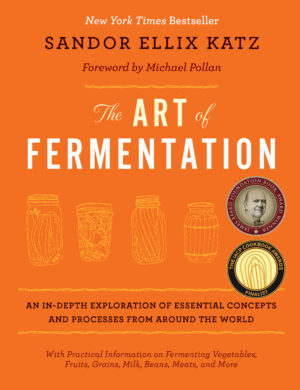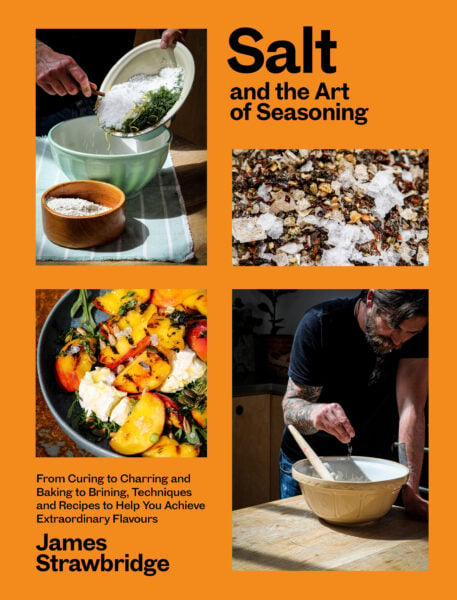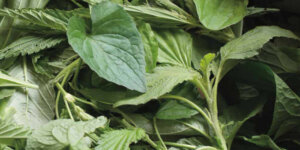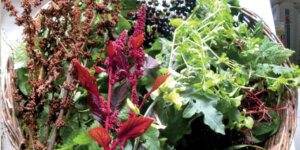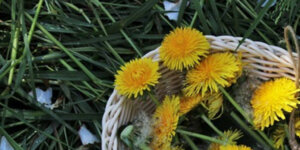Making the Best Sauerkraut on Earth in Four Simple Steps: Chop, Salt, Pack, Wait
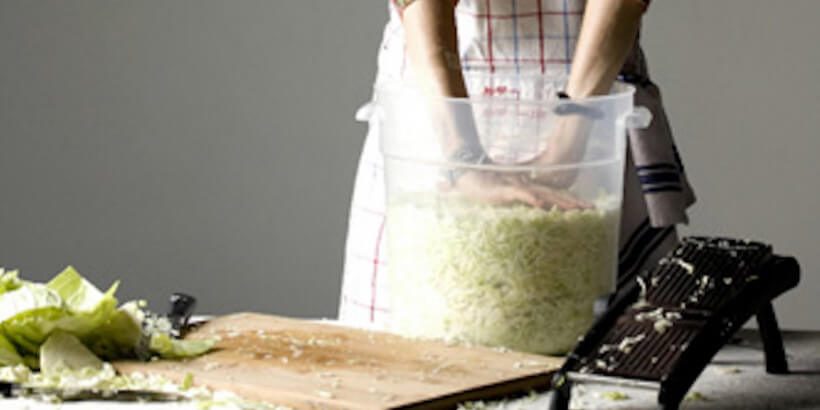
Make your own delicious, healthy, probiotic sauerkraut! Four easy steps are all you need to turn fresh garden veggies into a long-lasting, tangy, pungent condiment.
The following excerpt is from The Art of Fermentation by Sandor Ellix Katz. It has been adapted for the web.
4 Simple Steps to Making Sauerkraut
The English language does not have its own word for fermented vegetables. It would not be inaccurate to describe fermented vegetables as “pickled,” but pickling covers much ground beyond fermentation.
Pickles are anything preserved by acidity. Most contemporary pickles are not fermented at all; instead they rely upon highly acidic vinegar (a product of fermentation), usually heated in order to sterilize vegetables, preserving them by destroying rather than cultivating microorganisms.
“For pickles, fermentation was the primary means of preservation until the 1940s, when direct acidification and pasteurization of cucumber pickles was introduced,” writes Fred Breidt of the USDA.
Vegetable Ferments
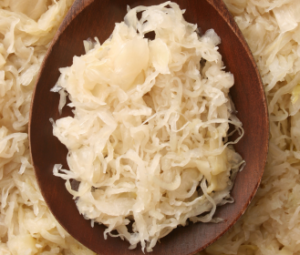 My vegetable ferments are usually concoctions that do not fit any homogeneous traditional ideal of either German sauerkraut or Korean kimchi.
My vegetable ferments are usually concoctions that do not fit any homogeneous traditional ideal of either German sauerkraut or Korean kimchi.
But of course, everything I’ve learned about sauerkraut and kimchi reveal that neither of them constitutes a homogeneous tradition.
They are highly varied, from regional specialties to family secrets.
Nonetheless, certain techniques underlie both (and many other related) traditions, and my practice is a rather free-form application of these basic techniques rather than an attempt to reproduce any particular notion of authenticity.
Steps for Fermenting Vegetables
In a nutshell, the steps I typically follow when I ferment vegetables are:
- Chop or grate vegetables.
- Lightly salt the chopped veggies (add more as necessary to taste), and pound or squeeze until moist; alternatively, soak the veggies in a brine solution for a few hours.
- Pack the vegetables into a jar or other vessel, tightly, so that they are forced below the liquid. Add water, if necessary.
- Wait, taste frequently, and enjoy!
Of course, there is more information and nuance, but really, “Chop, Salt, Pack, Wait” is what most of it amounts to.
Recommended Reads
Recent Articles
Whether you are an expert forager or new to the skill, it’s important to understand how to store your freshly picked bounty. Luckily, author Alan Bergo has the lowdown on how to harvest wild greens and cook them for the best storage so your harvest can stay fresh for days after being picked! The following…
Read MoreForaging wild plants in your area is a great way to shake up your culinary delights. Don’t know where to start? Below are our best foraging posts to get you started on your hunt for wild edibles. Foraging 101: Where to find your bounty We’ve given you descriptions. We’ve given you recipes. We’ve given you…
Read MoreYou can forget about waiting for your wine to ferment, because we have a recipe for dandelion beer that will be ready in just a week! Who knew those weeds in your backyard could make such a fun beverage? The following excerpt is from Pascal Baudar’s Wildcrafting Brewer. It has been adapted for the web.…
Read MoreNothing can be compared to the taste of a fresh, hot slice of pizza that came straight out of a wood-fired oven. By building your own clay wood-fired pizza oven, you’ll have this cheesy delicacy at your fingertips whenever you’re craving it! VIDEO: Building An Outdoor Clay Wood-Fired Pizza Oven Take it from Richard Miscovich,…
Read MoreChances are, you’ve seen cattails growing on the edge of your local lake or stream at least once or twice. Instead of just passing these plants, try foraging for and cooking them to create delicious seasonal dishes! The following excerpt is from The New Wildcrafted Cuisine by Pascal Baudar. It has been adapted for the…
Read More

